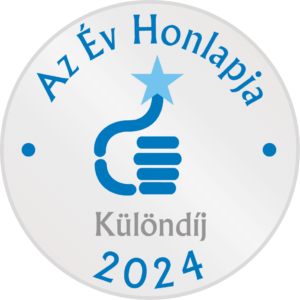Kétpúpú tevéink átköltöztetése a Biodóm egyik tágas szabadtéri kifutójába a velük rokonságban álló alpakákat is érintette: ők kapták meg a tevék korábbi helyét. Régi otthonukat tehát ők is nagyobbra cserélték.

A közismert tevék óvilági állatok: a kétpúpú hazája Ázsia, az egypúpúé pedig Észak-Afrika és Arábia. Tevefélék azonban az Újvilágban is léteznek! Közülük vitathatatlanul a lámák a legismertebbek, de bizonyára sokan hallottak már az alpakáról, sőt a guanakóról és a vikunyáról is.
A két vadon élő faj, a guanakó és a vikunya elsősorban az Andok lankái mentén őshonos. Háziasított rokonaik közül a lámának egyértelműen a guanakó a vad őse, amelyből a vidék lakói háziasították. Az alpaka esetében a dolog már nem ilyen egyszerű. Sokáig úgy gondolták, hogy az alpaka vad őse a vikunya lehetett, de a legújabb kutatások szerint az alpaka is a guanakó háziasított leszármazottja. Illetve felmerült annak lehetősége is, hogy a közvetlen ősök a guanakó és a vikunya hibridjei lehettek.
A két háziasított forma, a láma és az alpaka között mindenesetre jelentős különbség, hogy a lámák valamivel nagyobbra nőnek, az alpakáknak viszont dúsabb, hosszabb, tömöttebb bundája van. Ezek a különbségek összefüggenek a háziasítás és a haszonvétel kérdésére: amíg a láma általános hasznú háziállat, vagyis a húsa, a bőre, a szőre és teherhordó képessége miatt is tartják már évszázadok óta, addig az alpakának elsősorban gyapjútermelő állatként veszik használt. Gyapja általában puhább, melegebb, ugyanakkor könnyebb is, mit a legtöbb juhfajtáé.
Azt talán mondanunk sem kell, hogy a lenyírt alpakagyapjút manapság is hasznosítják: többek között meleg kabátokat készítenek belőle. Ám napjainkban egyre több ilyen állatot tartanak pusztán kedvtelésből, mert egyébként igen szimpatikus és többnyire egészen barátságos állatok. Köpni persze ők is tudnak, hasonlóan a lámákhoz vagy a tevékhez, de ők sem szoktak ok nélkül élni ezzel a képességükkel. Felbosszantani azonban nem érdemes őket.
Az alpakát már legalább 2 ezer éve háziasították, de egyes vélemények szerint akár 6-7 ezer esztendeje is háziállat lehet.
Állatkertünkben a tevék mellett szinte mindig tartottunk újvilági teveféléket is. Volt idő, amikor elsősorban lámákat, ám az elmúlt évtizedben helyettük inkább alpakákat láthatott nálunk a közönség. Korábban a háziállatokat bemutató zóna szélén, a lókarám közelében volt a kifutójuk. Ám amikor a tevék átköltöztek a Biodóm egyik tágas, új kifutójába, megüresedett helyüket az alpakák számára alakítottuk át, akik már birtokba is vehették a korábbinál sokkalta nagyobb új otthonukat. „Társbérlőként” néhány kameruni juhot és gyimesi rackát is kaptak maguk mellé.
Iratkozz fel hírlevelünkre és értesülj elsőként újdonságainkról, programjainkról és friss híreinkről!

